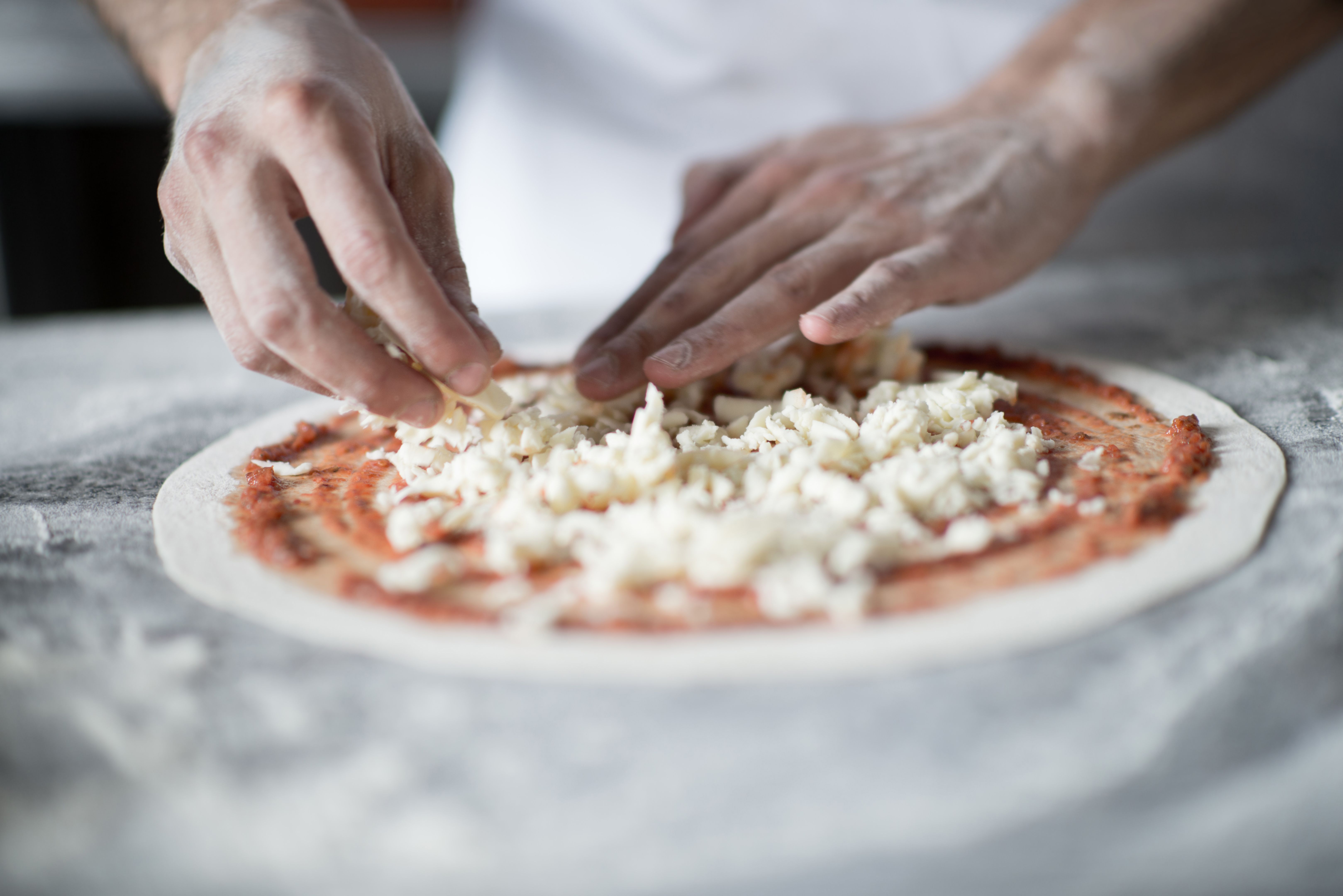Perfecting Pizza Dough: A Recipe for Success
Unlocking the Secret to Perfect Pizza Dough
Creating the perfect pizza dough is more of an art than a science. While various ingredients contribute to its success, the process and technique are equally crucial. A well-crafted dough serves as the foundation for your favorite pizza, offering the perfect balance of chewiness and crispiness.
The Essential Ingredients
At its heart, pizza dough is composed of just a few simple ingredients: flour, water, yeast, and salt. However, the type of each ingredient used can greatly affect the final product. Opting for high-quality, unbleached all-purpose flour or a specific pizza flour can enhance the dough's texture. Water should be at room temperature to properly activate the yeast, which is essential for a good rise.
Salt not only adds flavor but also strengthens the dough. For those looking to add a twist, incorporating olive oil can lend a rich taste and improve elasticity. In essence, while the ingredients are basic, their quality and proportions make all the difference in achieving a dough that's both flavorful and workable.
Mastering the Technique
The technique used in making pizza dough is as important as the ingredients themselves. Start by mixing the dry ingredients before gradually adding water. Kneading is a vital step; it develops gluten which gives the dough its structure. Knead until the dough is smooth and elastic—this usually takes around 10 minutes by hand.

Once kneaded, allow the dough to rise in a warm place. This process, known as proofing, can take anywhere from 1 to 2 hours until it doubles in size. Punch it down gently to release excess air before shaping it into your desired form.
Shaping and Stretching
Shaping the dough is where many face challenges. It's crucial to handle it with care to avoid tearing. Start by pressing down from the center outwards, allowing gravity to aid in stretching it into a round shape. Avoid using a rolling pin if possible, as it can deflate the dough.
If you're aiming for a thinner crust, stretch the dough further, keeping in mind that too thin might lead to a cracker-like texture. For those who prefer a thicker crust, leave a bit more thickness at the edges.
Baking to Perfection
Preheating your oven is critical for ensuring a crispy crust. Set your oven to its highest setting and allow it to heat thoroughly. Using a pizza stone or steel can provide an even heat distribution, resulting in an optimal crust.
Once topped with your favorite ingredients, bake your pizza until the crust is golden brown and cheese is bubbly. This usually takes around 10-15 minutes depending on your oven's temperature and the thickness of your dough.
Common Mistakes to Avoid
Even experienced bakers can encounter issues with their pizza dough. One common mistake is adding too much flour during kneading, which can result in a dense crust. Another is not allowing enough time for proofing or rushing through the kneading process.
- Ensure your yeast is fresh for proper rising.
- Avoid overloading with toppings which can weigh down the dough.
- Practice patience—both in preparation and baking.
By being mindful of these potential pitfalls, you can refine your technique and consistently achieve pizza perfection.
Your Path to Pizza Mastery
Perfecting pizza dough requires practice and patience, but with each attempt, you'll gain more confidence in your skills. Remember, even if it's not perfect, homemade pizza always brings joy and satisfaction.
So roll up your sleeves, gather your ingredients, and embark on your journey to creating the perfect pizza dough. The reward is not just in the delicious outcome but also in the joy of mastering a timeless culinary craft.
